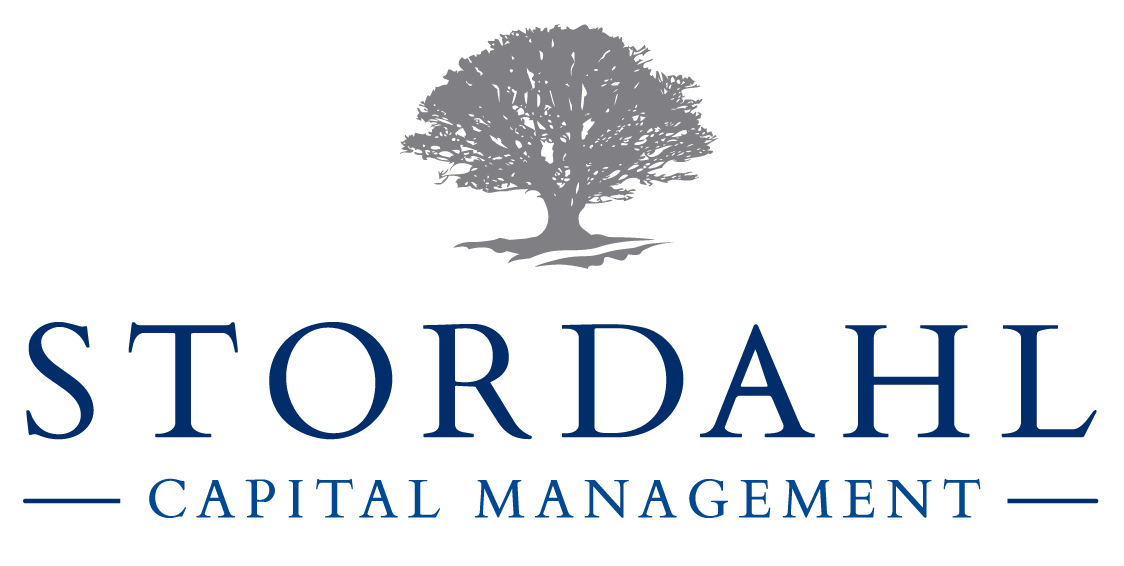What to Do With a 529 Balance
Watching your child earn a college diploma is a proud moment for any parent. It also marks another great moment: No more tuition bills! But after all the saving and planning you’ve done, what if there’s still money left over in your child’s 529 plan? Fortunately, you’ve got plenty of options.
Here’s a list of strategies to make the most of those surplus education savings.
Keep Paying for School
If your newly minted graduate is pursuing a higher degree, that’s an easy way to spend down the balance in their 529 plan. These funds can be used to cover the same types of qualified educational expenses for graduate programs.
Name a New Beneficiary
If grad school isn’t in your child’s future, the most straightforward option for surplus funds is to assign the 529 account to a new beneficiary. You can change beneficiaries with no penalties or tax consequences, but the person must be related to the original beneficiary by blood, marriage, or adoption. That definition is broader than it sounds: For example, it includes in-laws, first cousins, first cousins’ spouses and stepparents. You can even name yourself as the new beneficiary and spend the funds on your own continued education.
Repay Student Loans
If your graduate has taken on student loan debt, you can use 529 funds to help pay it down, subject to a lifetime limit of $10,000. You can also use up to $10,000 per sibling to repay their loans, which you can do without changing the beneficiary.
A few things to bear in mind: Most, but not all, student loans qualify. Private student loans must meet several criteria to be included in the program. For example, they must have been used solely for qualified education expenses for a degree or certificate program at an institution eligible for Title IV federal student aid. And they can’t be personal loans from a family member or a loan from a retirement plan.
Also, 529 plans are run by states, and their rules don’t always align perfectly with federal legislation. We can help you check your 529 to see whether withdrawals for student loan payments will trigger any state tax penalties.
Roll Over Funds Into a Roth IRA
The SECURE 2.0 Act of 2022 added a brand-new option for unused 529 funds. If your 529 plan is at least 15 years old, you can transfer up to $35,000 into a Roth IRA in the beneficiary’s name with no taxes or penalties.
The biggest limitation with this option is that rollovers are subject to the annual $7,000 Roth contribution limit. (If the beneficiary is 50 or older, that amount rises to $8,000.) You also can’t roll over more than the income earned by the beneficiary in that tax year. Any other contributions made to your beneficiary’s traditional or Roth IRA will reduce the amount you can roll over that year.
Take the Money…and the Penalty
If you spend 529 funds on nonqualified expenses, you’ll be charged federal income tax and a 10% penalty on the earnings portion of your withdrawal. While doing so isn’t always ideal, it is an option—and sometimes, it may be the best one. For example, if you face a pressing financial need and your only other choice is to take on high-interest debt, paying the taxes and penalties on a nonqualified 529 withdrawal may be less expensive in the long run.
It’s also possible that the earnings portion is small enough to render the penalty insignificant. Let’s say you had $500 dollars left in the account, with contributions accounting for $420. In that case, only $80 would be subject to taxes and penalties. You might decide it’s worth taking the hit to be able to close the account and move on.
The bottom line is that 529 college savings plans have more flexibility than you might think. Reach out, and we’ll gladly help you weigh all the options for leftover funds. Congratulations to all the recent grads out there—and to the parents who helped foot their tuition bills.
We offer a complimentary 15-minute call to discuss your concerns and share how we can help.
Stordahl Capital Management, Inc is a Registered Investment Adviser. This commentary is solely for informational purposes and reflects the personal opinions, viewpoints, and analyses of Stordahl Capital Management, Inc. and should not be regarded as a description of advisory services or performance returns of any SCM Clients. The views reflected in the commentary are subject to change at any time without notice. Nothing in this piece constitutes investment advice, performance data or any recommendation that any particular security, portfolio of securities, transaction or investment strategy is suitable for any specific person. Any mention of a particular security and related performance data is not a recommendation to buy or sell that security. Advisory services are only offered to clients or prospective clients where Stordahl Capital Management and its representatives are properly licensed or exempt from licensure. No advice may be rendered by Stordahl Capital Management unless a client service agreement is in place. Stordahl Capital Management, Inc provides links for your convenience to websites produced by other providers or industry-related material. Accessing websites through links directs you away from our website. Stordahl Capital Management is not responsible for errors or omissions in the material on third-party websites and does not necessarily approve of or endorse the information provided. Users who gain access to third-party websites may be subject to the copyright and other restrictions on use imposed by those providers and assume responsibility and risk from the use of those websites. Please note that trading instructions through email, fax, or voicemail will not be taken. Your identity and timely retrieval of instructions cannot be guaranteed. Stordahl Capital Management, Inc. manages its clients’ accounts using a variety of investment techniques and strategies, which are not necessarily discussed in the commentary. Investments in securities involve the risk of loss. Past performance is no guarantee of future results.
